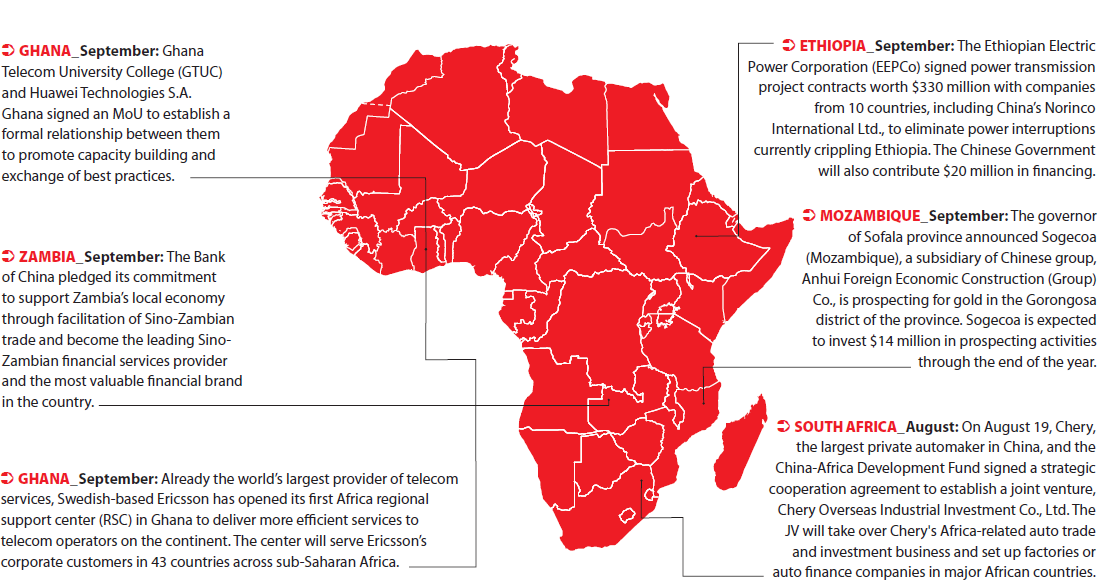|
Africa's New Construction Boom
In the 1970s, China's financing and construction of a 1,870-km-long railway giving landlocked Zambia access to the Tanzanian port of Dar es Salaam was a monument to Chinese engagement and solidarity with Africa in a previous era. Beneath the surface however, there were cracks in this mode of engagement, which could be largely attributed to China's lack of experience. Designed to carry 5 million metric tonnes of cargo annually, with a lack of new investment, mounting debt, poor management and maintenance, Zambia's new railway never carried more than 300,000. From being a symbol of a new era of Africa's development, this railway – badly managed, insufficiently maintained and often inappropriate for local conditions – became emblematic of Africa's lost construction boom turned to protracted bust. The various schools, hospitals and roads being built in Ghana and the Inga hydroelectric project completed in 1977 at a cost of $260 million in the Democratic Republic of the Congo (then Zaire), also experienced similar fates.
Today, Chinese companies in Africa are actively shaking and reshaping the continent's business landscape as part of a complex partnership that has reignited and vastly expanded ties from a previous era. China is now comprehensively engaged with almost all of Africa's 54 countries – lending money, providing aid, trading, investing, and more than all else, building infrastructure and extracting resources. Take the case of Angola for example: As a country that recently emerged from civil war yet that is rich in natural resources and sorely in need of infrastructural renewal, it has become one of the biggest recipients of Chinese financing for infrastructure projects in Africa, one of China's largest trading partners on the continent and a major source of its oil. In 2004 Angola signed a deal with China that would become emblematic of China's "infrastructure for resources" relationship with Africa. The process of concluding Angola Mode deals is typically borne out of intergovernmental agreements that determine the purpose, amount, maturity and interest rate of the loan, followed by the signing of a loan agreement – often concessional in nature – between China Exim Bank and the borrower.
The China of today is entirely different than the China that built the African railway in the 1970s with China's engagement with the region moving beyond building sorely needed infrastructure including railways, roads, and ports. For example, in late August 2011, around 200 representatives from 20 Chinese and 100 African non-governmental organizations gathered in Nairobi, Kenya for the first China-Africa NGO forum. The two-day forum, with the theme "enhance partnership and promote friendship between China and Africa," featured discussions on climate change and food security, NGOs' credibility and transparency, and the relationship between governments, NGOs, businesses and communities. All these developments will ensure that China's new role in the region will pave the way for Africa's economic development for generations to come.
The ChinAfrica Econometer is produced by The Beijing Axis, a cross-border business bridge to/from China in four principal areas: Commodities, Capital, Procurement, & Strategy.
For more information, please contact: Barry van Wyk, barryvanwyk@thebeijingaxis.com
www.thebeijingaxis.com

|